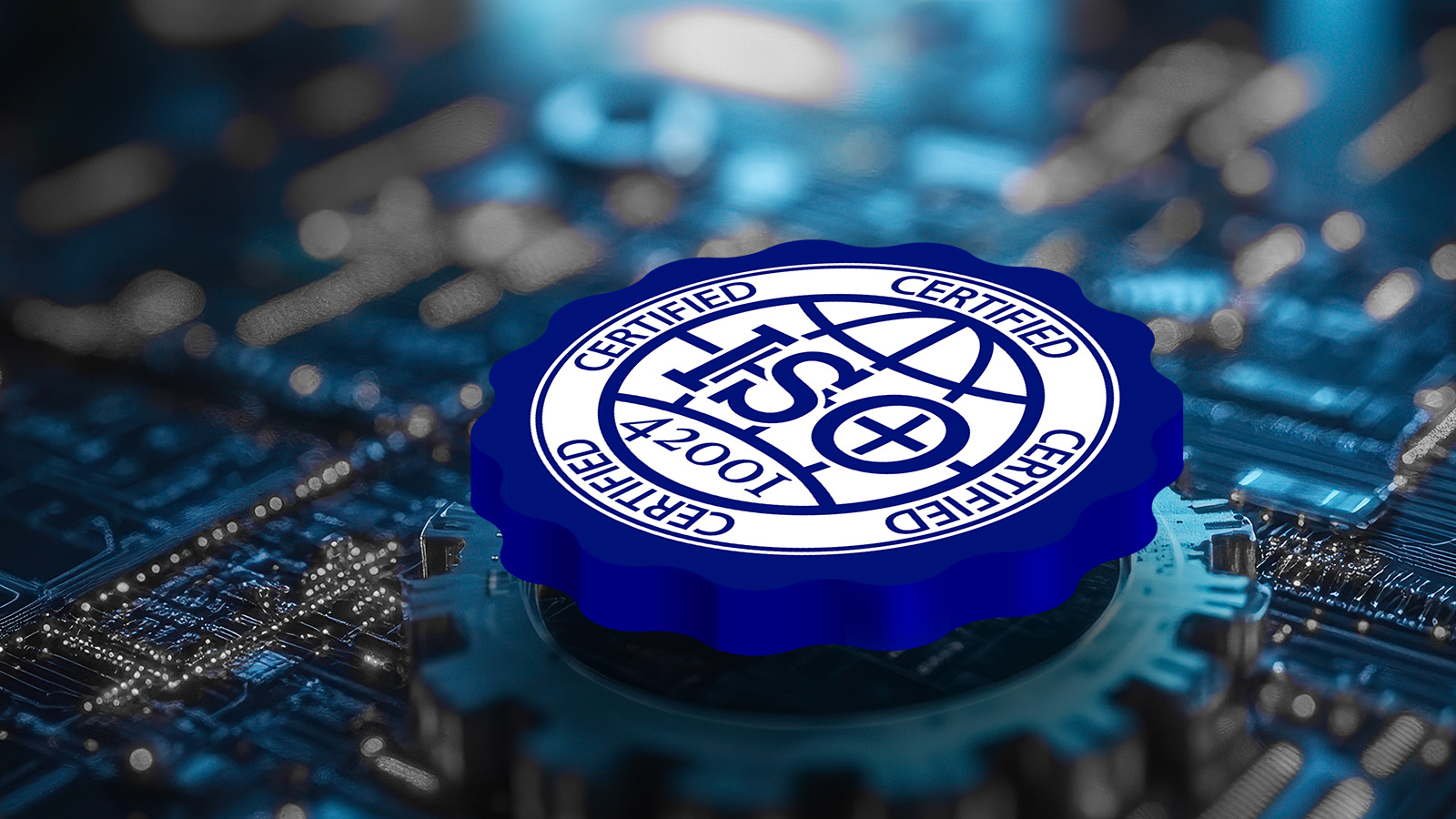 FEATURED
FEATUREDPETER WELCHER | Solutions Architect
The Internet of Things (IoT) has quietly been becoming a hot topic among technical experts. Among them, Cisco has been tracking and updating changes in the IoT space.
What Has Been Changing
IoT has been hampered by many proprietary technologies, required domain knowledge, and increasing costs and support needs. Now, what one might call “second-generation” IoT sensors and devices are hitting the market. Larger companies (networking, security, telco) sense opportunity in the IoT space, making it less of a niche market.
The main factor that has changed in the IoT space is the realization that data retrieved from various sources needs to be processed in a standardized, beneficial fashion: lower costs, available skillsets, robustness due to scale, etc.
Additionally, sensor and security data have become more critical, requiring stronger security and robust networking. The volume of data has gone up, requiring faster networking.
Meanwhile, building and maintaining isolated IoT networks for security is prohibitive. A strategy to address this consists of using common corporate networks to support IOT as one more application. Security can be adequately addressed for most use cases, and network robustness can benefit all applications and use cases.
Constantly improving Wi-Fi products, cellular, private cellular data capabilities also boost (or potentially boost) data throughput while offering simple wireless connectivity at lower cost and support for more sensors.
Finally: Drones, autonomous or remote-controlled vehicles, are now operating in IoT space, and the FAA is considering their management of airspace containing, e.g., package delivery drones.
Cisco and IoT
Cisco recognized that providing shared connectivity and standards in the IoT space has value and a strong potential for enhancing customer capabilities and needs. This fits their general approach of utilizing one common network to carry various kinds of traffic.
In line with that, Cisco has produced IoT-specific equipment to address situations where there are environmental considerations, and they are extending support and integration (to an extent) to work with existing IOT gear.
Other Networking Firms and IOT
Other networking firms are also dabbling in the IOT space, albeit not with the breadth of product support that Cisco offers.
Key Factor: Use Cases
Another key factor regarding the changing IoT space is that the set of use cases is rapidly expanding. Sensors in buildings. Sensors in stores (possibly) leveraged to increase sales or customer satisfaction. Sensors in classic industrial settings – but far more of them. Sensors in fields and greenhouses, feeding data to AI platforms, that recognize things like dry conditions or insect levels.
Next Steps
Subscribe to the BlueAlly blog to read upcoming articles that revolve around Cisco’s IoT offerings, touching up on other networking vendors’ offerings and highlighting selected use cases.
The skills required for network and security engineers permit incremental learning as needed. Just as the hardware market is expanding, people will need to update their IOT skillset. The good news is that you can start with your core skill strengths and network connectivity knowledge and add on “at the edges.” Admittedly, familiarity with selected use cases will be best for you and your customers.
Conclusion
IoT is a growing area in which you may want to start building skills and experience.
Read the following blogs to get a clearer picture of the whole IoT field, then drill down as needed and get hands-on with the equipment.








































